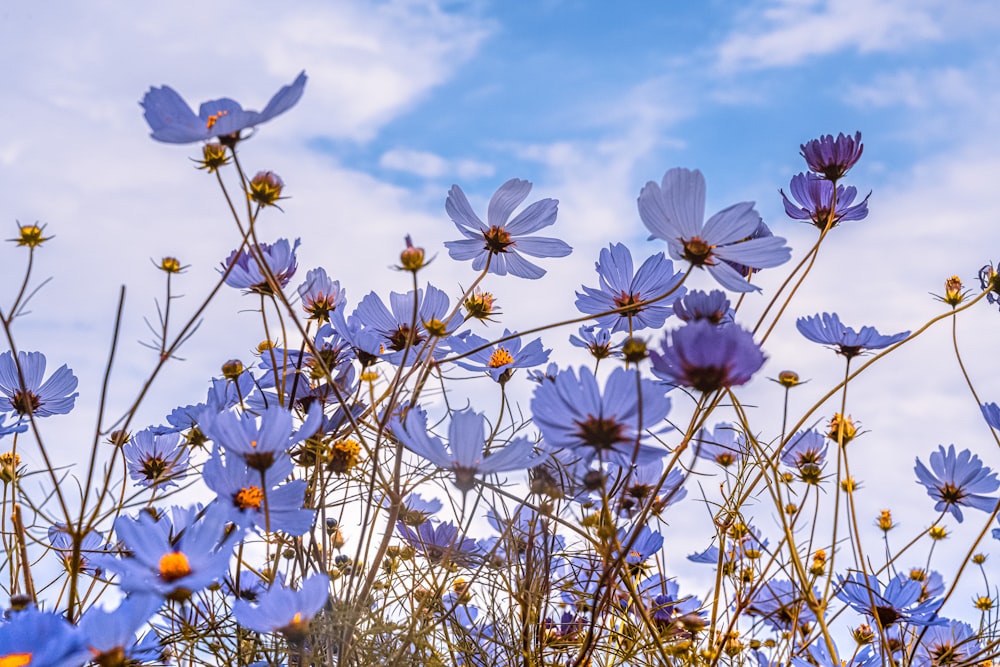If you’re a first-time visitor, welcome! To receive The Weekly Dirt in your inbox every week…
Hi, guys!
It’s not quite spring yet, but it sure feels like it around here! I’ve been keeping busy juggling clients, writing articles and e-meeting many of you who’ve been joining my virtual gardening programs (if you’re interested in bringing a …
Keep reading with a 7-day free trial
Subscribe to The Weekly Dirt with Jessica Damiano to keep reading this post and get 7 days of free access to the full post archives.


